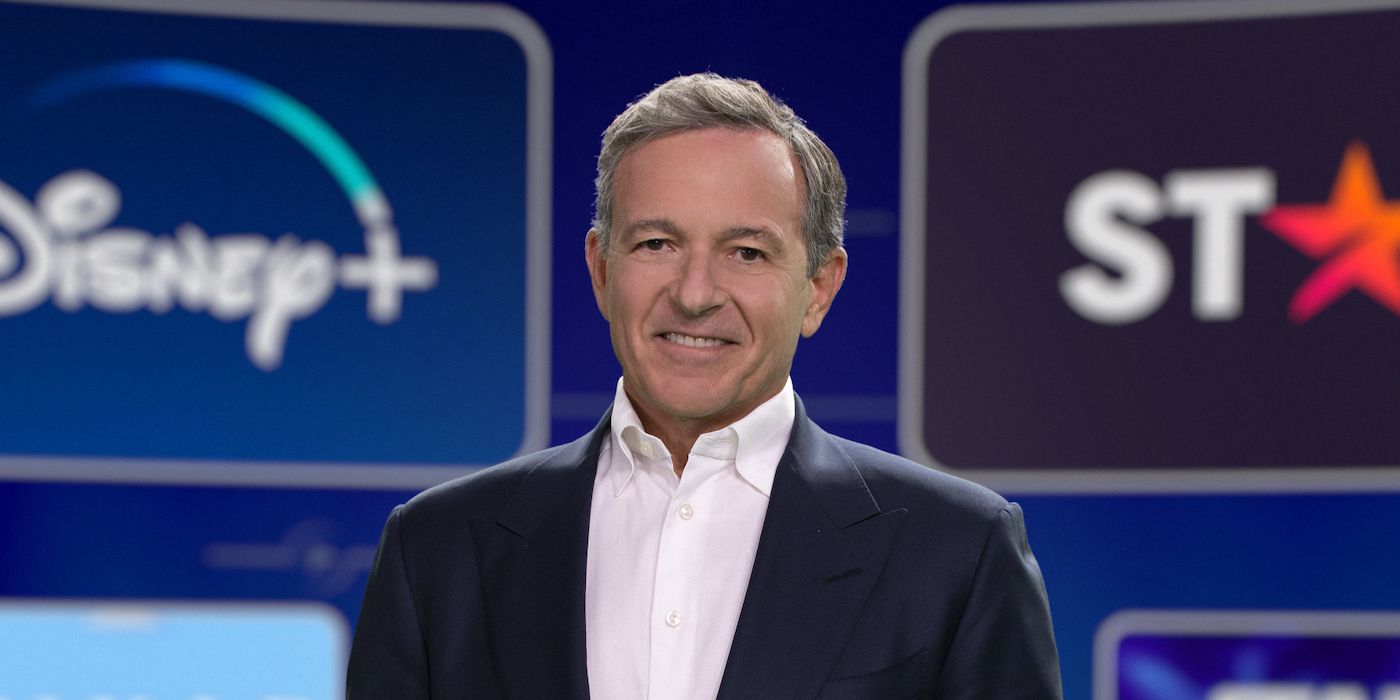Bob Iger signed a contract extension last night which will see him lead the Walt Disney Company for a further two years, through 2026. Part of Iger’s remit is going to involve turning around what is rapidly coming a sinking creative ship when it comes to the issue of Disney+ and the negative effects felt due to the company overstretching itself while trying to generate content for its streaming service.
Speaking to CNBC on Thursday, Iger admitted that the company would be slowing down when it comes to making movies and TV series for its Marvel Studios and Lucasfilm franchises, coming at a time when the company seeks to cut costs when a wide slate of releases have massively underperformed at the worldwide box office.
Every Disney-backed film released this year has had disappointing returns in their opening weekends, and all with absolutely gargantuan budgets. Marvel films, in particular, have disappointed – going back into last year as well. Ant-Man and the Wasp: Quantumania, the 31st film in the Marvel Cinematic Universe, saw the sharpest decline in ticket sales from weekend one to weekend two in franchise history. The film was also the second-lowest reviewed film in the MCU. Among chief criticisms of the film were the visual effects, which appeared to be of lower quality than those seen in the franchise previously. For a film set in an entirely fictitious setting – the Quantum Realm – this was particularly jarring.
Reports had indicated that VFX staff had been split between this project and Black Panther: Wakanda Forever. With Black Panther due for release earlier, priority was given to finishing that film’s CGI ahead of Quantumania by then-MCU executive Victoria Alonso. According to the report, Alonso, in her role as president of physical and post-production, visual effects, and animation production, was responsible for overseeing visual effects. However, due to the strain caused by the pandemic, her department faced significant resource constraints. Furthermore, with the surge in Marvel productions for both cinema and television, the output was subjected to criticism for failing to meet Marvel’s customary standards
The follow-up to that film, Guardians of the Galaxy Vol. 3, performed much better critically and financially, garnering over $800 million worldwide from a $250 million budget, with praise going to the effects as well as the highly emotive story – which had been written years in advance, and not shoehorned into the Multiverse Saga narrative pushed by Marvel.
Too Many Projects, Too Few Workers
Prior to the pandemic, Marvel Studios released 23 feature films in cinemas, over a period of 11 years, before branching out into television. The television series produced by Marvel Studios carry similar budgets to feature films. Since the release of Disney+ in 2020, 9 films and 9 television series have been produced and released. Simply put, the output has gone up enormously from an average of two projects a year to six a year – with three more films and five series due for release before the end of 2024. While at first, this would seem a treat for fans, the law of diminishing returns soon kicks in as seen by the lack of box office returns for Quantumania, Wakanda Forever (the film grossed $859 million, by no means a failure but 50% down on the return of its predecessor) and Doctor Strange in the Multiverse of Madness, as Iger noted.
“Marvel is a great example of our focus on streaming content. We ended up taxing our people way beyond their time and their focus, they had not been in the television business at any significant level. Not only did they increase their movie output but they ended up making a number of television series, and frankly, it diluted focus and attention, and that is more the cause [of the poor box office] than anything else.”
The Pixar Problem
Another reason for these diminishing box office returns came down to training the audience to stay at home and watch films. Pixar, which was once the pinnacle and golden standard of animation, has suffered a string of financial (and some critical) failures since 2020. Films like Luca, Turning Red and Soul were all launched directly onto Disney+, which created the expectation that Pixar films were no longer appointment viewing. That, combined with a shortened theatrical release window, removed any immediate need for families to go to the multiplexes.
Since attempting to return to a normal distribution model, with Lightyear and Elemental, Pixar’s box office returns – and critical reviews – have been tepid. Lightyear returned $226.4 million worldwide against a $200 million production budget which cost the studio an estimated $106 million, while Elemental – currently playing in cinemas – has fared little better, grossing $257 million to date against a $200 million budget, and is set to be another financial loss.
“There were three Pixar releases in a row that went direct to streaming, mainly as a result of COVID,” said Iger. “This resulted in an expectation to audiences that the films were going to be on streaming quickly, and so there wasn’t an urgency and I think you would have to agree as well, that there were some creative misses.”
While Iger mishandles other problems at Disney, notably the WGA strike and the potential for a SAG-AFTRA strike, he has at least shown some awareness of where the creative issues for the company’s big fish lie. Now, he needs to fix them.
Source link


